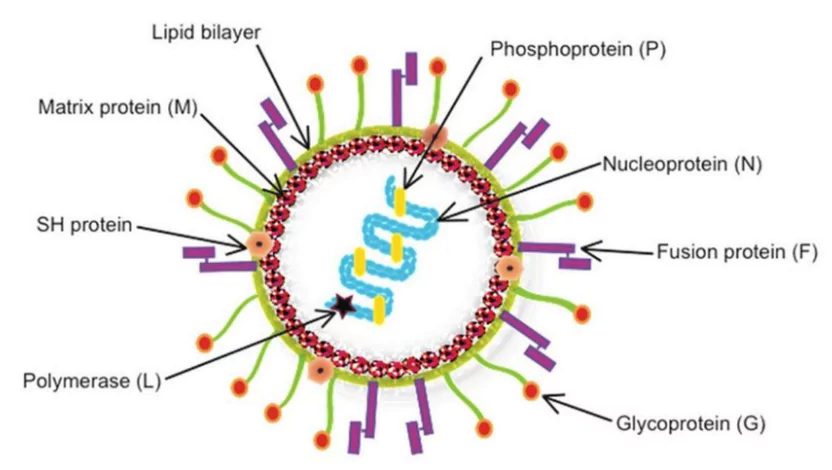![]() 4 Jan 2025
4 Jan 2025

China is observing an outbreak of the Human Metapneumovirus (HMPV) in its northern provinces particularly in children under 14 years of age.
 Discovered: The Virus was first identified by scientists in 2001 by Bernadette G. van den Hoogen in Netherlands in the respiratory secretions of 28 young children
Discovered: The Virus was first identified by scientists in 2001 by Bernadette G. van den Hoogen in Netherlands in the respiratory secretions of 28 young children
<div class="new-fform">
</div>